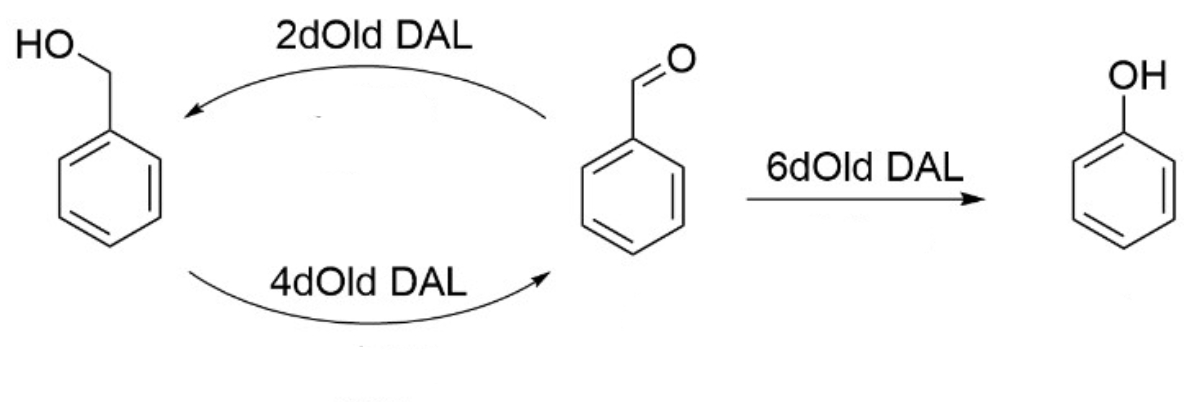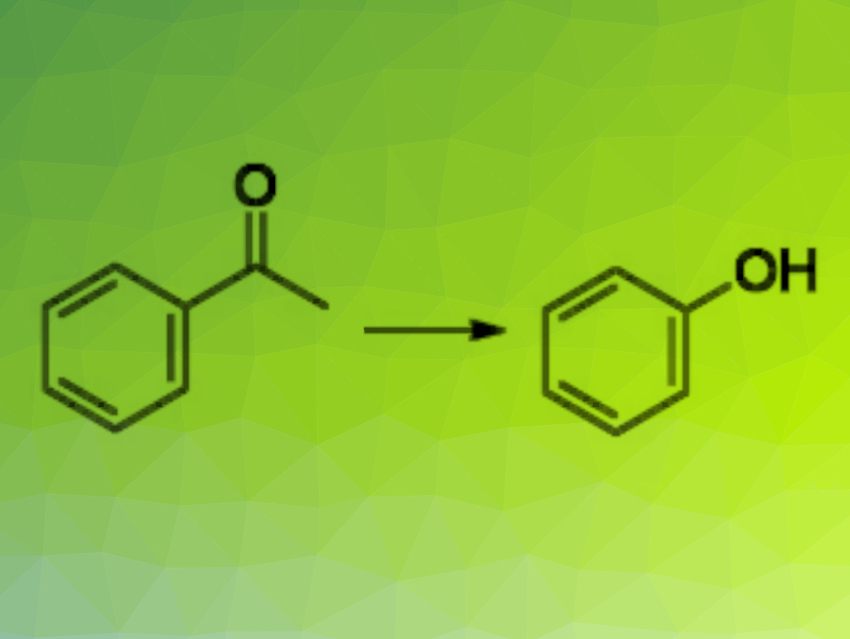White-rot fungi could be useful for the development of green approaches to selective oxidative reactions in synthetic organic chemistry. These organisms produce a mixture of enzymes that can degrade organic material and cleave, for example, C–C bonds.
Tatyana S. Zhuk, University of Gießen, Germany, and Igor Sikorsky Kyiv, Polytechnic Institute, Ukraine, and colleagues have found that mature cultures of the white-rot fungus Dichomitus albidofuscus—after several days of cultivation—can cleave C–C bonds. These cultures can oxidize toluene, benzaldehyde, or acetophenone to give phenol (example pictured below on the right, DAL = D. albidofuscus, d = days of cultivation).

In contrast to mature cultures, “young” D. albidofuscus cultures at early stages of growth show predominantly reductive activities towards aromatic carbonyl groups. They can, for example, reduce benzaldehyde to the corresponding alcohol (pictured above on the left).
The key step of the transformation sequence includes a reaction with molecular oxygen from the air and a Baeyer-Villiger type rearrangement. The participation of oxygen from the atmosphere in the reaction was confirmed using isotope-labeling experiments with 18O.
The team performed all studied transformations on a preparative level. Besides the importance of such transformations for bioorganic synthesis, the researchers think that their results may be useful for a better understanding of the mechanisms of the biodegradation of organic materials such as lignocellulose by fungal species.
- Aerobic C‐C bond cleavage catalysed by whole‐cell cultures of the white‐rot fungus Dichomitus albidofuscus,
Tatyana Zhuk, Valeriya V. Babkina, Holger Zorn,
ChemCatChem 2021.
https://doi.org/10.1002/cctc.202101408




